Bogatyr sweet pepper variety and rules for its cultivation
Bell peppers are grown by many gardeners and grow in plots near tomatoes, cucumbers and other popular crops. Bogatyr pepper is a variety that vegetable growers often choose for planting in their garden. It has certain advantages, thanks to which summer residents are in no hurry to replace the "old" variety with modern hybrids.
The originator of the variety is the Russian LLC AGROFIRMA POISK. Bogatyr pepper was introduced into the State Register of the Russian Federation in 1996, allowed for cultivation in two Russian regions - the North Caucasus and Nizhnevolzhsky. It can be grown both in greenhouses and in the garden beds in summer cottages and backyards. The fruits are intended to be eaten fresh, for cooking, home canning and for processing.
Description of the variety
The Bogatyr variety has fruits of medium, standard size, leveled, good marketable quality, for which gardeners appreciate it. Such peppers can be used for their own needs or for sale, especially since they tolerate transportation well. The plants bear fruit stably, are resistant to diseases, and are not very demanding on growing conditions.
For convenience, the main characteristics of the variety are summarized in the table:
| Variety information | Domestic selection, bred in the Moscow region of the Russian Federation |
| Pollination type | Self-pollinated |
| View | The bush is high, up to 0.55–0.7 m, spreading. Determinant, standard. The leaf is large, dark green. |
| Type of ovary formation | Single ovary |
| Ripening rate | Mid-season, the first harvest of fruits is harvested on the 115-131st day after germination. |
| Cultivation area | North Caucasian and Lower Volga regions. Designed for open ground and film greenhouses in private household plots. |
| Landing scheme | 0.4 x 0.4 m (up to 10-12 plants per m 2) |
| Yield | 2-4.3 kg / m2 (maximum - 5.1 kg) |
| Fruit type | The fruit is cone-shaped, moderately ribbed, medium-sized (75-100 g), drooping. Wall thickness - 4.9-5.8 mm. |
| In fruits, total sugar is 3.1-6.7%, dry matter is 5.8-8.3%. | |
| Unripe peppers are light green, ripe peppers are red, glossy. | |
| Their taste is good, the peppers are juicy, the aroma is well expressed. | |
| Fruits are transportable, well preserved | |
| Purpose of fruits | Universal: for salads, cooking, processing and homemade preparations. |
| Is there bitterness in the fruit | Sweet, without bitterness and pungency. |
| Resistant to adverse conditions | Resistant to cold snap, temperature extremes. |
| Disease resistance | Resistant to cucumber mosaic, to a small extent can be affected by apical rot and verticillary wilting. |
Advantages and disadvantages
According to the description of the variety, Bogatyr pepper has the following advantages:
- unpretentiousness;
- productivity;
- tolerates cold snap and temperature fluctuations well;
- it has typical fruit shape and good taste;
- they can be transported and stored for some time in a cool room;
- fruits are universal in use, they can be eaten fresh, added to dishes and canned.
Disadvantages: Needs constant watering, since it does not tolerate drought very well; when grown in the shade, yield decreases.
Features of agricultural technology
Sweet pepper Bogatyr is a typical representative of the culture, it does not have any special differences from other varieties, so it can be grown according to the standard rules of agricultural technology.
On private farms, this variety is grown through seedlings. The seeds can be purchased at the store or harvested from your plants.But in both cases, they must first be calibrated: pour a weak saline solution into a cup, pour seeds into it and wait until some of them float up. Pour them along with water, soak the rest in 1% potassium permanganate for half an hour and dry.
Pepper seeds are sown dry or sprouted (so they germinate faster). To do this, they are soaked in warm water with growth stimulant solutions for 2-3 hours, then transferred to a damp cloth. It is moistened so that it does not dry out until small sprouts appear.
Seeds are sown in February in seed boxes or in individual pots. They are filled with a soil mixture that can be prepared at home from good garden soil, peat, sand, small sawdust - mix everything and enrich it with mineral fertilizers. The second option is to use a substrate that is intended for seedlings of vegetables. It can be purchased at any grocery store.
Before sowing, the soil, purchased or homemade, must be spilled with a 1% solution of potassium permanganate in order to destroy possible pathogens in it. Then dry the earth and use to fill cups or boxes.
Seeds in each pot are sown 1-2 pieces. to a depth of 1 cm, carefully watered with warm, settled water and sprinkled on top with a thin layer of substrate, slightly compacted.
After sowing, the pots with seeds are taken out into a room where a constant temperature of + 23-25 ° C is maintained. Until the seeds germinate, they do not need bright light, warmth and humidity are important, so the pots are covered with foil and placed in a warm, but not necessarily bright place. Seedlings should appear in about a week. When this happens, the film is removed, the pots are transferred to a well-lit place. A south or east window sill is ideal. Reduce the temperature slightly so that the plants do not stretch.
If there is not enough natural light for seedlings, which usually happens in early spring, then phytolamps are used. The length of daylight hours is at least 10 hours.
Care for seedlings of Bogatyr pepper:
- Watering with warm water as the soil dries up. It is impossible to overdry and overmoisten plants.
- Top dressing with complex fertilizers (1st time - 2 weeks after germination, then with an interval of 1.5 weeks).
- Hardening in the open air 1.5 weeks before planting on open beds.
Ready seedlings of Bogatyr pepper are transplanted to the ridges after the probability of frost disappears - in May or at the very beginning of June (in the northern regions). The plot for this culture should be located in a place open to sunlight. It is permissible to plant peppers in partial shade, but in the shade, near fences, buildings, it will not bear fruit well.
The best predecessors are carrots, beets, cabbage of various types, pumpkin seeds and legumes (with the exception of beans). It is not recommended to plant peppers after nightshades: tomatoes, eggplants, potatoes and the peppers themselves. Also undesirable plant cucumbers next to pepper.
Planting scheme: 40 by 40 cm. This area will be enough for the normal development and fruiting of plants.
Caring for adult sweet pepper bushes consists of mandatory watering, loosening, fertilizing, preventive and, if necessary, medical treatment against pests and diseases.
Freshly transplanted seedlings are watered often, but in small portions of water, so that the ground is constantly moist. After rooting, the frequency of watering is reduced, and the volume, on the contrary, is increased. The peculiarity of the variety is its poor tolerance to heat and drought, therefore, it is imperative to water the pepper, especially on hot summer days. Watering is carried out in the morning or late in the evening, but not in the middle of the day, when the evaporation of moisture from the surface of the earth is most intense.
Loosening is necessary after each watering or heavy rain. To reduce the amount of irrigation and loosening, it is recommended lay a layer of mulching material on the beds: straw, hay, needles, dry foliage.
Pepper is fed during the growing season at least 3-4 times:
- before flowering;
- during the period of mass fruit setting;
- during fruiting.
Fertilizers are used traditional - nitrate, carbamide, superphosphate, potassium sulfate, etc. (except for chlorine-containing, pepper does not like this element). It is convenient to use complete complex fertilizers enriched with mineral elements (like "Kristallon"). You can fertilize pepper and organic matter: infusion of fresh manure or droppings of domestic animals and birds, humus, ash, herbal and yeast infusions.
Fruits are harvested from late July until frost. You can pick the peppers in technical ripeness or, if you want the most delicious fruits, wait until they are fully ripe on the bushes. The largest and most beautiful ones can be left for seeds.
Pepper Bogatyr has been grown by gardeners for over 20 years. Many of them remain loyal fans of this variety, planting it every year. They like the fact that they are generally unpretentious plants that, with normal care, give a good and stable yield. The fruits of the Bogatyr pepper, as vegetable growers note, are always healthy, smooth, typical for the variety, juicy and certainly tasty.
Thus, the domestic variety of pepper Bogatyr has characteristics that can attract the attention of any gardener to it. It is not for nothing that it is one of the popular and widespread varieties of sweet pepper in Russia.
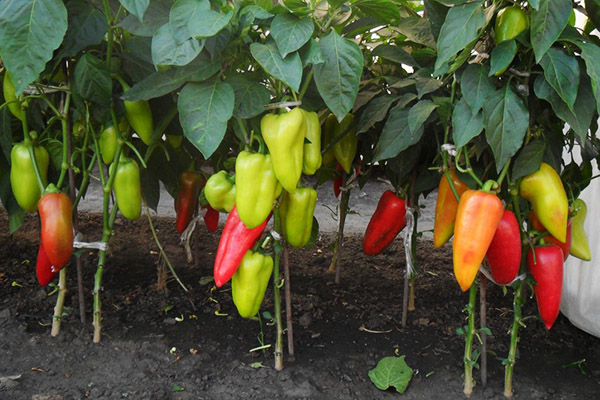
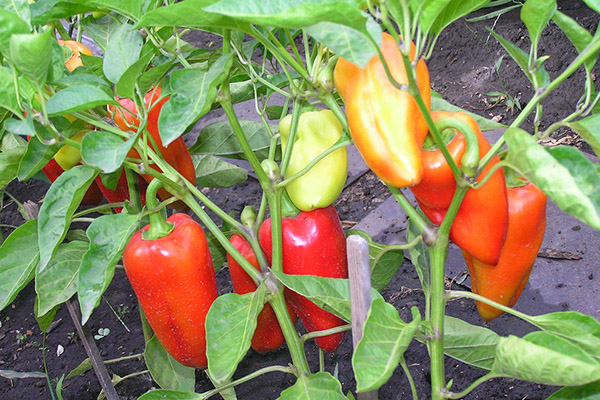
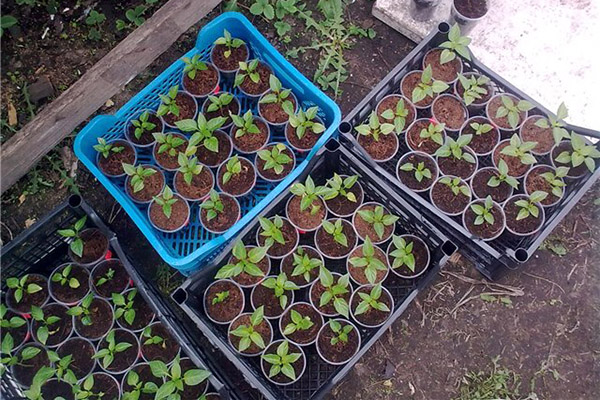
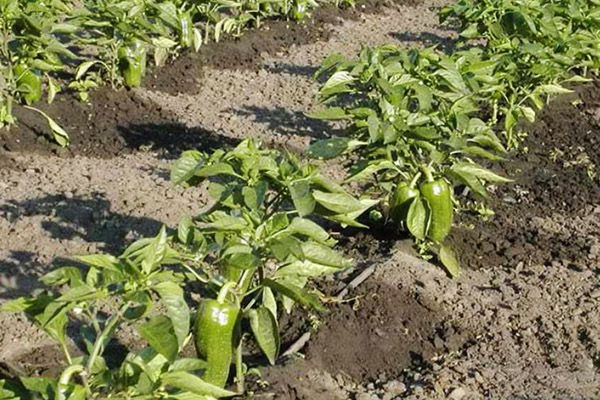
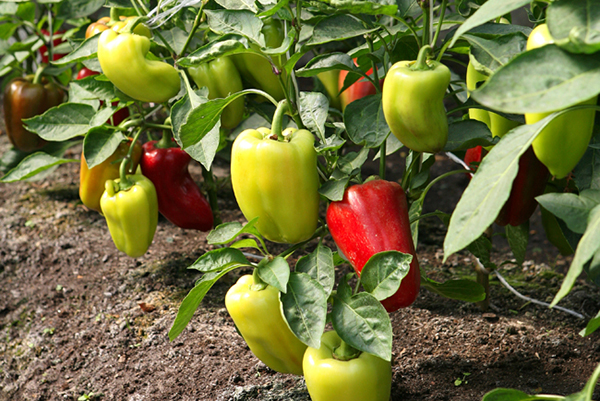
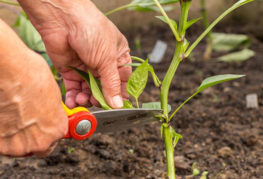
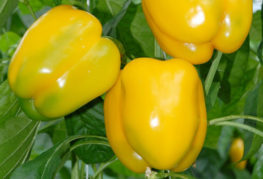
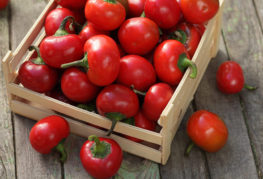

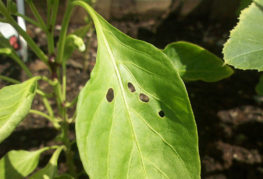
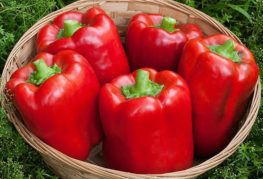
and will be published shortly.